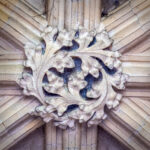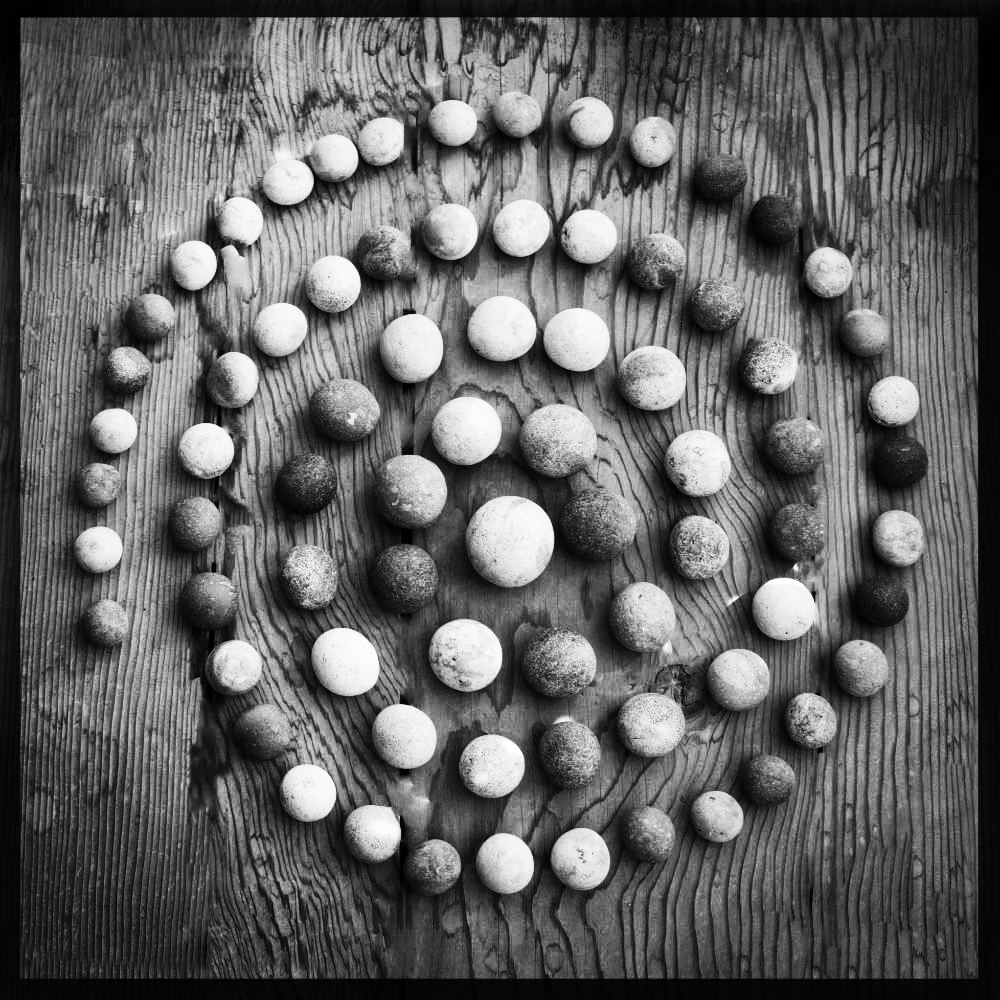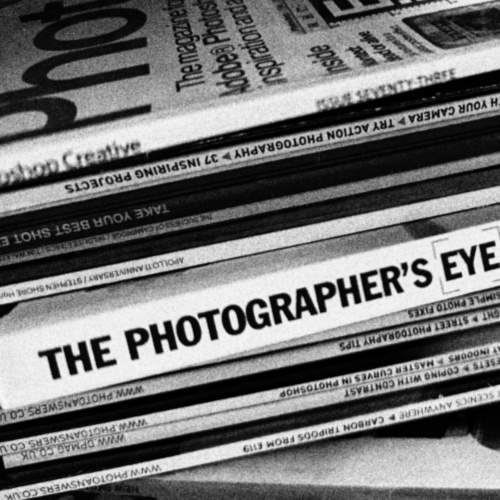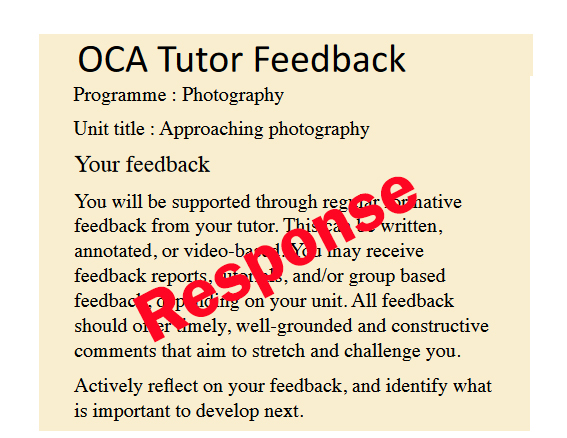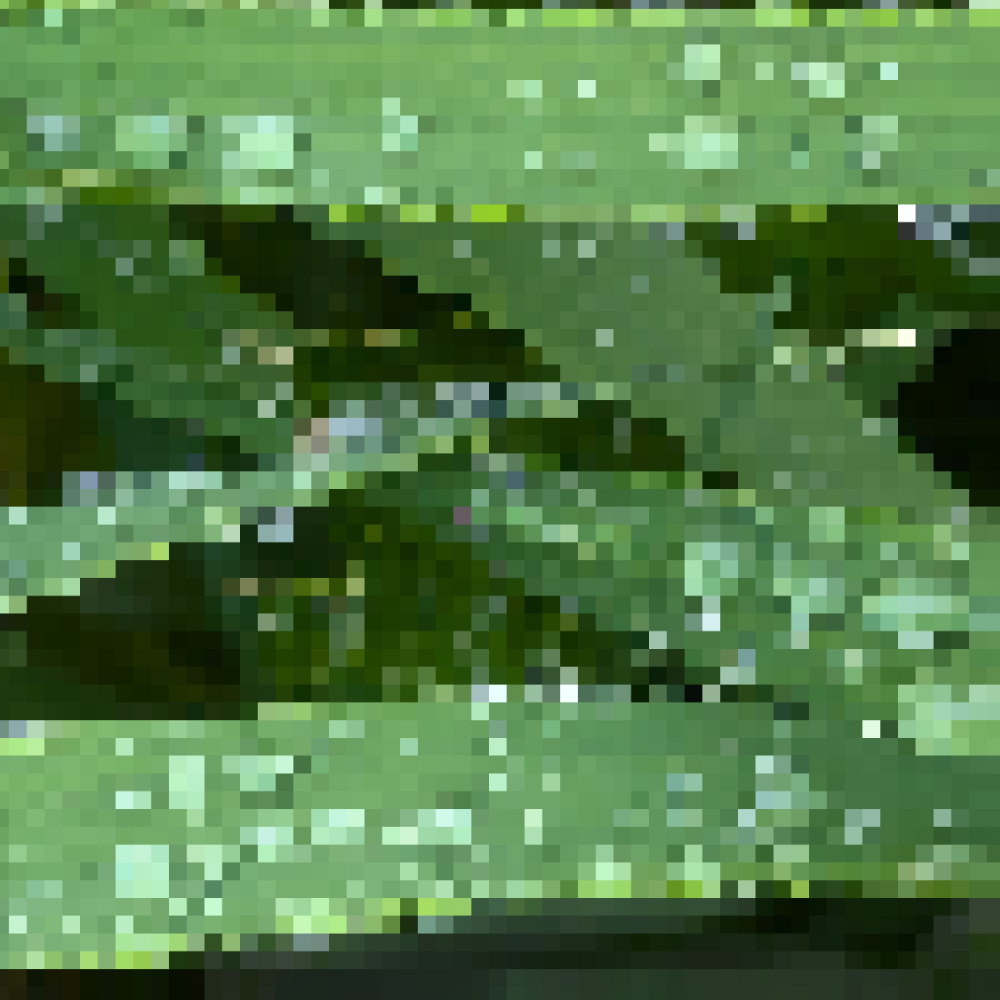For this exercise I decided to use my Panasonic Lumix DCM-TZ70 camera. Before I had a suitable smartphone camera the Lumix was my go-to camera if I was out and about not specifically for photography. It has a 30X optical zoom which is way better than the 4X of my current smartphone.

I’ve chosen this camera because it can be made fully automatic as required for this exercise. Although I had to refer to the manual to make sure that I was selecting the right mode! And even then I had to find out how to stop the flash firing because I’ve never used this camera on fully automatic!
I’ve chosen today to do this exercise, and unlike yesterday it is fully overcast, dull, apparently constant light over a short period of time.
I have not really thought of the histogram as a sensitive light meter – but of course it must be. I have just used its displayed information in the viewfinder to make sure I’m not clipping at either end of the histogram when taking photographs.
I shall do one set of photographs with histogram indoors in our rather dark dining room and one set outside in the local cemetery (its adjacent to our home!).
The first set are of jug sitting on a shelf opposite the window. My camera is on a tripod set to auto. I have set a time lapse of 10 seconds apart. The camera chose as the settings for each of the images: f/4.1; shutter 1/8th second; ISO 400. – In reality the light variation is so slight it was not necessary to change the settings.
The histogram block does vary slightly, I might have been surprised had this not been advertised in the course notes! Also unlike Photoshop, the Affinity Photo triangle does not indicate clipping but invites you to click it to get a more accurate histogram, (!) I discovered that after I had produced this series.
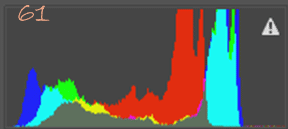

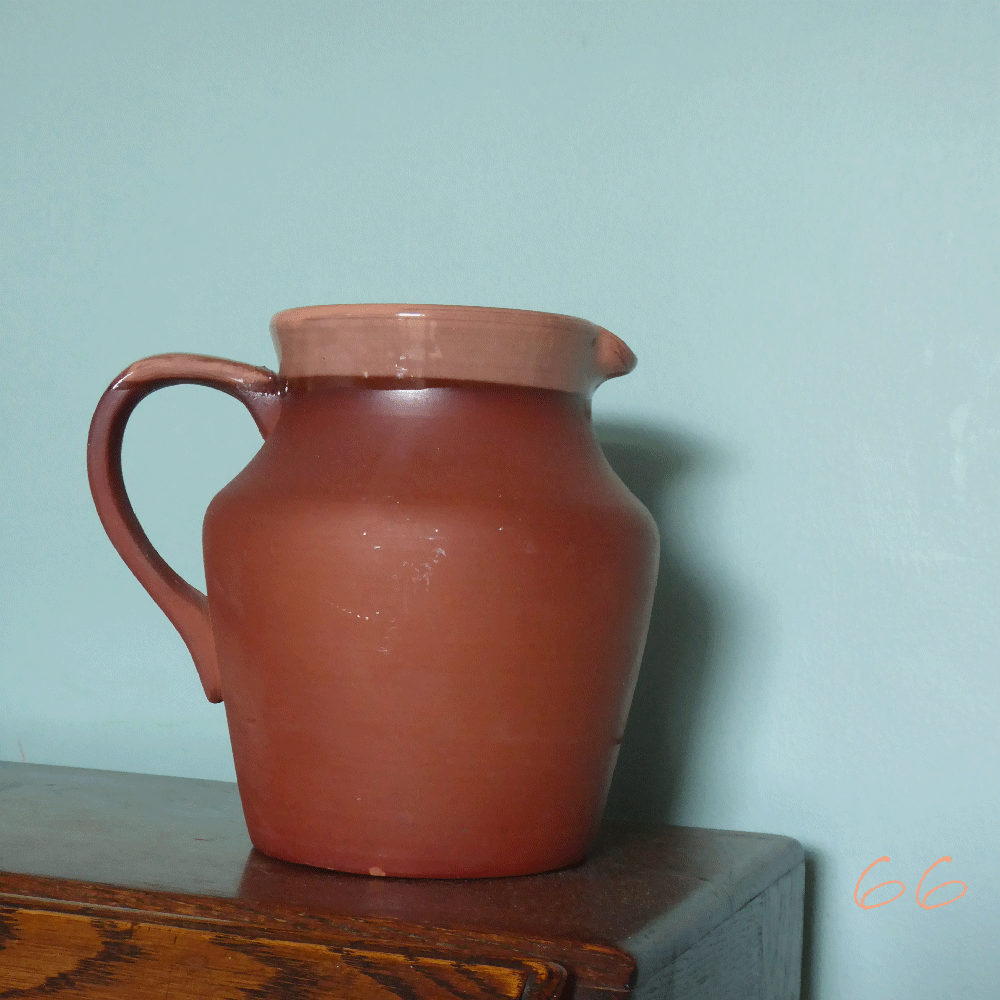
As you watch the jug images run through it looks as if each image is exactly the same with no variation of light, suggesting that our eyes are not as sensitive as the camera sensor.
In this series I have moved outside but on a different day… Rain stopped the proposed ‘same-day’ task. These images are taken 20 seconds apart and as the clouds scud across the sky you can see the variation in light in both the photographs and the histogram.
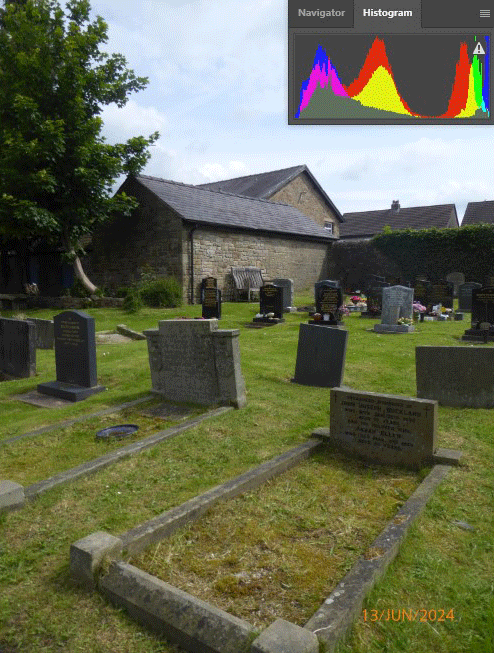

Here below is one from a series I took at the same time as the shutter closed on the tripod mounted camera with my hand held Fuji camera that I had set manually. Just for interest to see if and how different the settings would be.
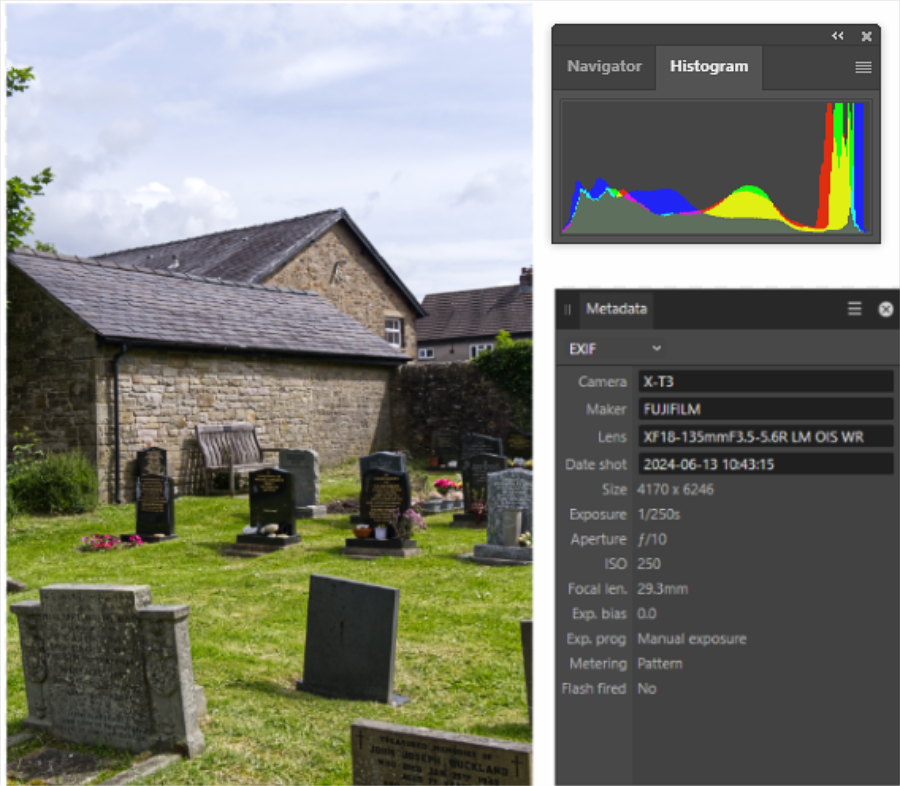
The settings are probably so different because I had set the aperture much higher at f/10 to ensure front to back sharpness, and therefore not so much light would reach the sensor, and with an electronic view finder being WYSIWYG, I’d adjust the ISO and shutter speed appropriately.
